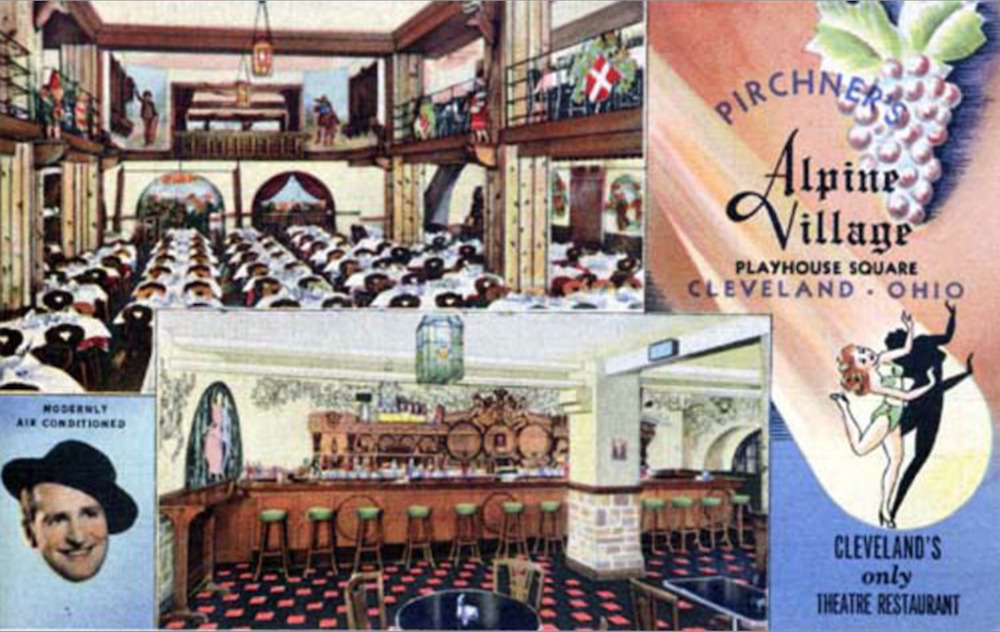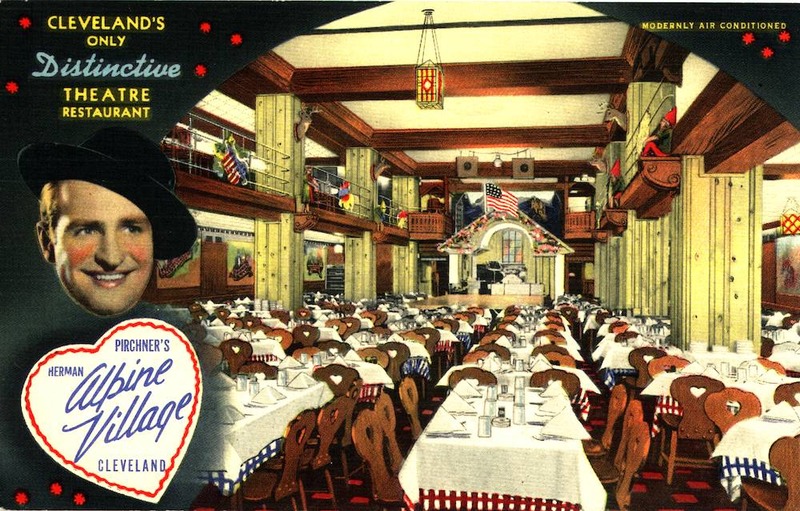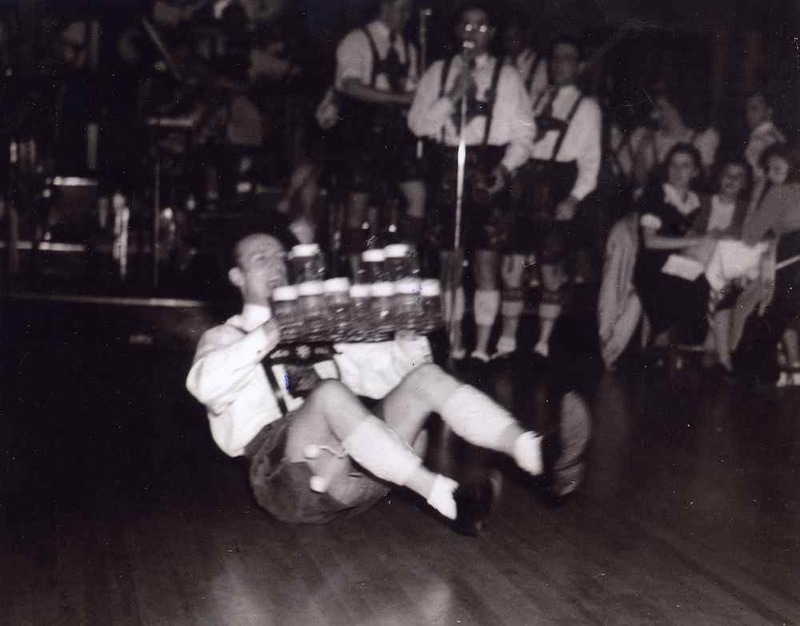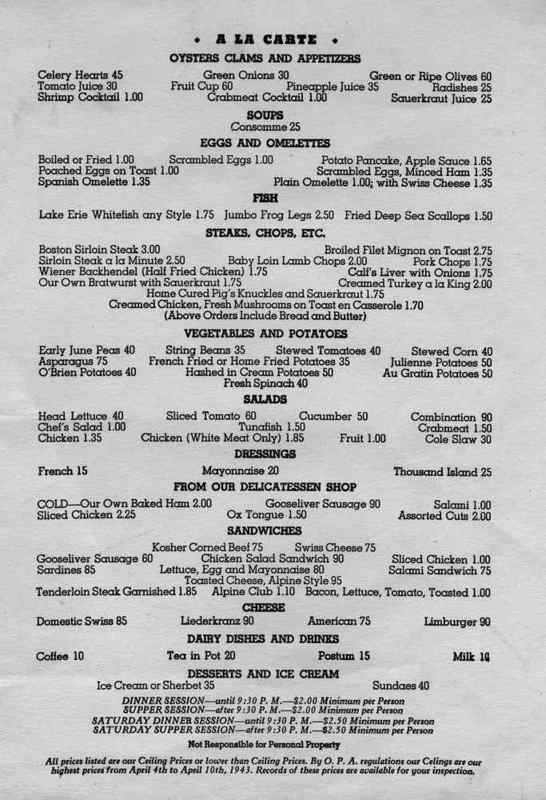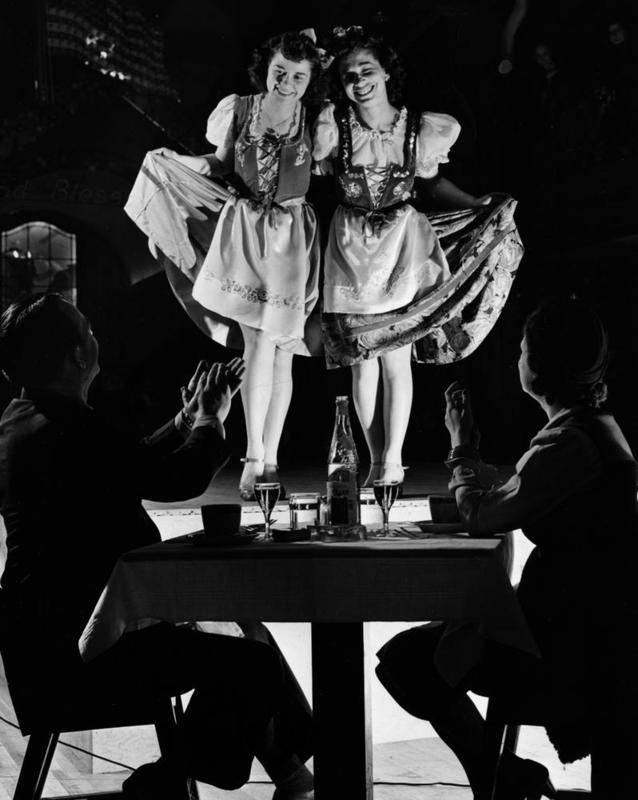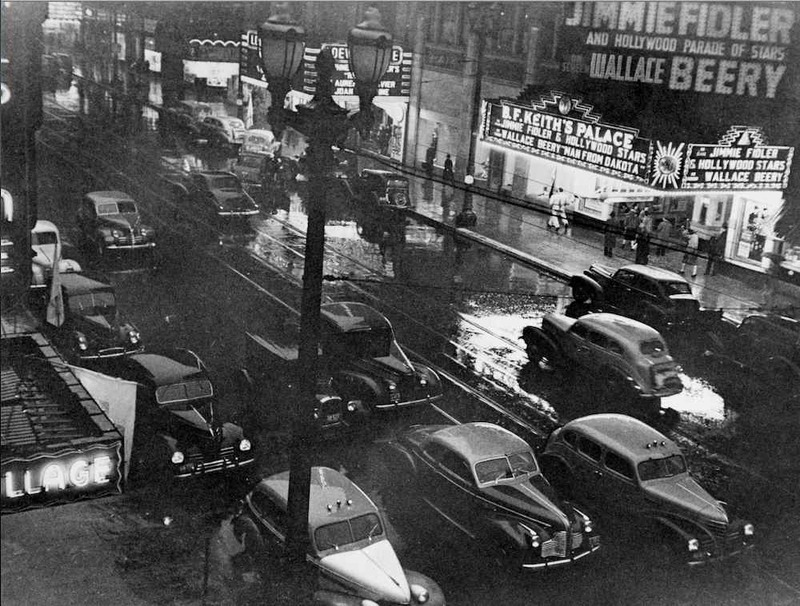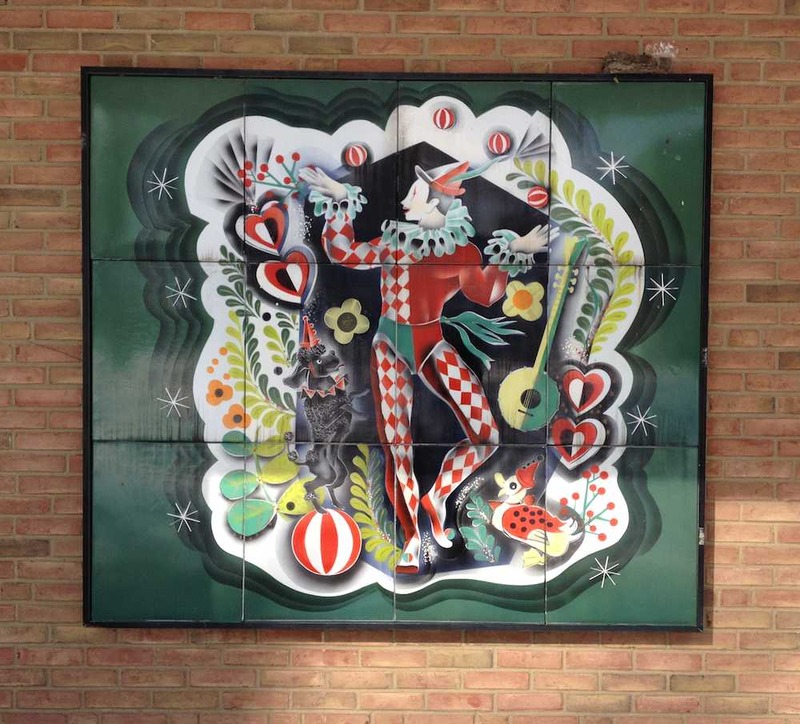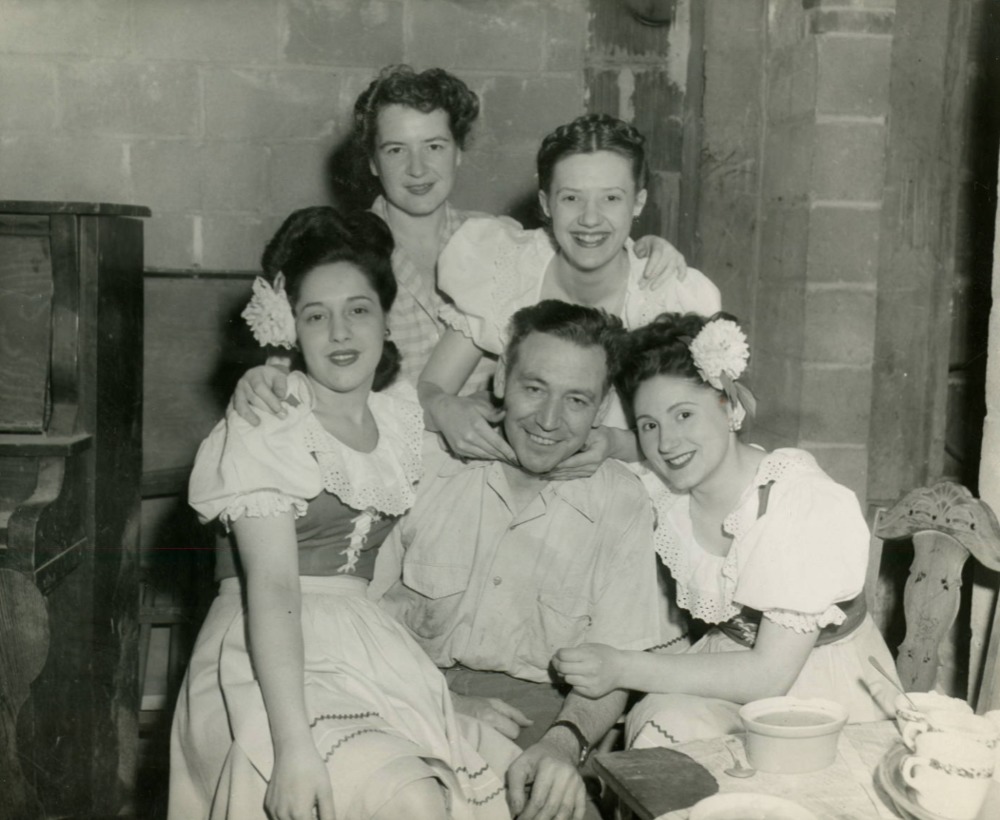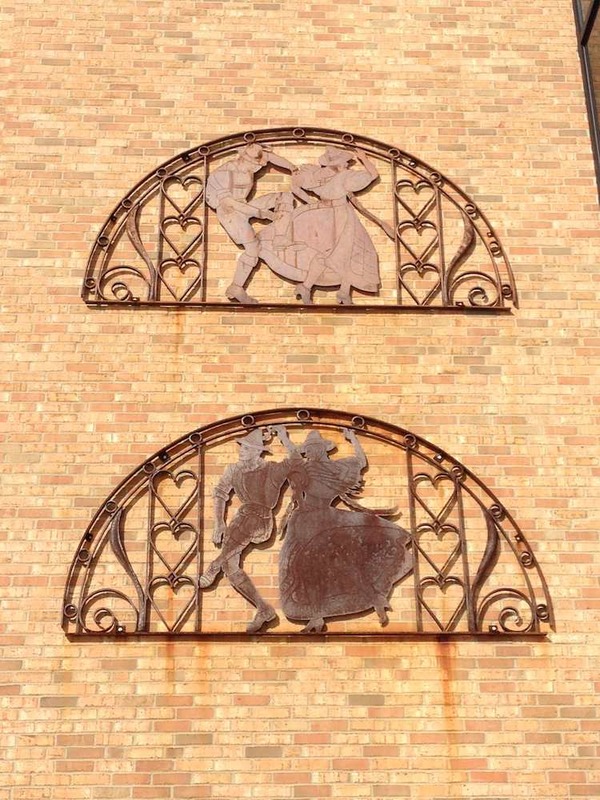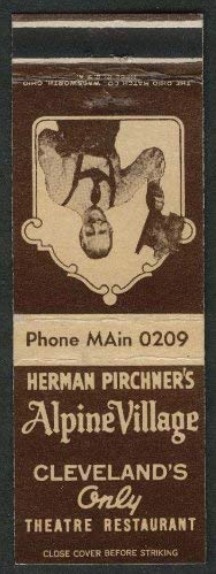
Looking for a place to grab a stein of beer and show off your new lederhosen? Herman Pirchner’s Alpine Village Theatrical Bar and Restaurant, located at 1614 Euclid Avenue (directly across the street from the Palace Theater) was the place to do it. Inspired by Pirchner’s childhood home in the Austrian Alps, the restaurant featured Tyrolean décor, mountain scenes and murals of Bavarian peasant life. Pirchner’s “lusty yodelers,” om-pa-pa entertainment, ski-lodge-like bar, and waitstaff dressed in traditional leather breeches brought the Alps to downtown Cleveland.
Herman Pirchner immigrated to the United States from Tyrol in western Austria in the mid-1920s. He soon was working two jobs, one in a pretzel factory and one as a bus boy. Then, in defiance of Prohibition, he began to brew beer with his brothers Otto and Karl. “How,” he once noted, “could a beverage as wholesome and innocent as beer be outlawed?” Pirchner’s brewing career came to an abrupt close when the Mafia tried to horn in on his operation. He then opened the Alpine Shore Club (formerly Marigold Gardens) on East 185th Street and Lakeshore Boulevard in 1931. On the establishment’s second floor, Pirchner ran a speakeasy. Once again, the Mafia pushed for a piece of the alcohol pie. They harassed Pirchner and set off stink bombs in the restaurant. He fought back with the help of Cleveland Public Safety Director Eliot Ness. After that Pirchner never again was bothered by organized crime.
On November 28, 1935, Pirchner moved downtown, opening Alpine Village in Playhouse Square. Sporting a Tyrolean cap and leather shorts, he served everything from goose liver to pig’s knuckles. He gave rolling pins to new brides, led German singalongs and yodeled encouragement to folk dancers on a stage that would mechanically rise and fall. Employing skills developed during his earlier career as a carnival strongman, Pirchner dazzled guests by delivering 50 or more steins of beer sliding across the floor on his hindquarters, a feat called "beer hefting" that Ripley’s “Believe It or Not” recognized. Patrons loved it. So did the celebrities who performed there: Cab Calloway, Pearl Bailey, Henny Youngman, Jimmy Durante and many others. Notables such as Fred Astaire, Bob Hope and Frank Sinatra also gathered upstairs at Pirchner’s private Eldorado Club.
In 1961, exactly thirty years after his “grosse eröffnung (grand opening),” Pirchner declared bankruptcy and the Internal Revenue Service padlocked the restaurant. A year later, Alpine Village reopened under a series of new owners, but the magic could not be replicated. Pirchner, however, forged on—opening a travel center in the Hanna Building and co-owning the Plain & Fancy Gourmet Shoppe at Severance Towne Center.
The building on Euclid Avenue was razed in 1996 for a parking lot. Herman Pirchner passed away in February 2009 at the age of 101. A decade later, like a silvery Alpen memorial, the 34-story Lumen apartment complex rose on the site.
Video
Audio
Images

